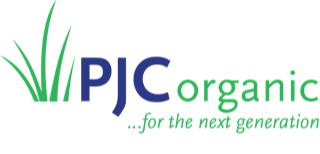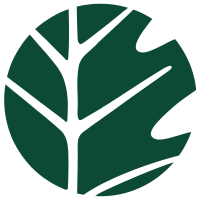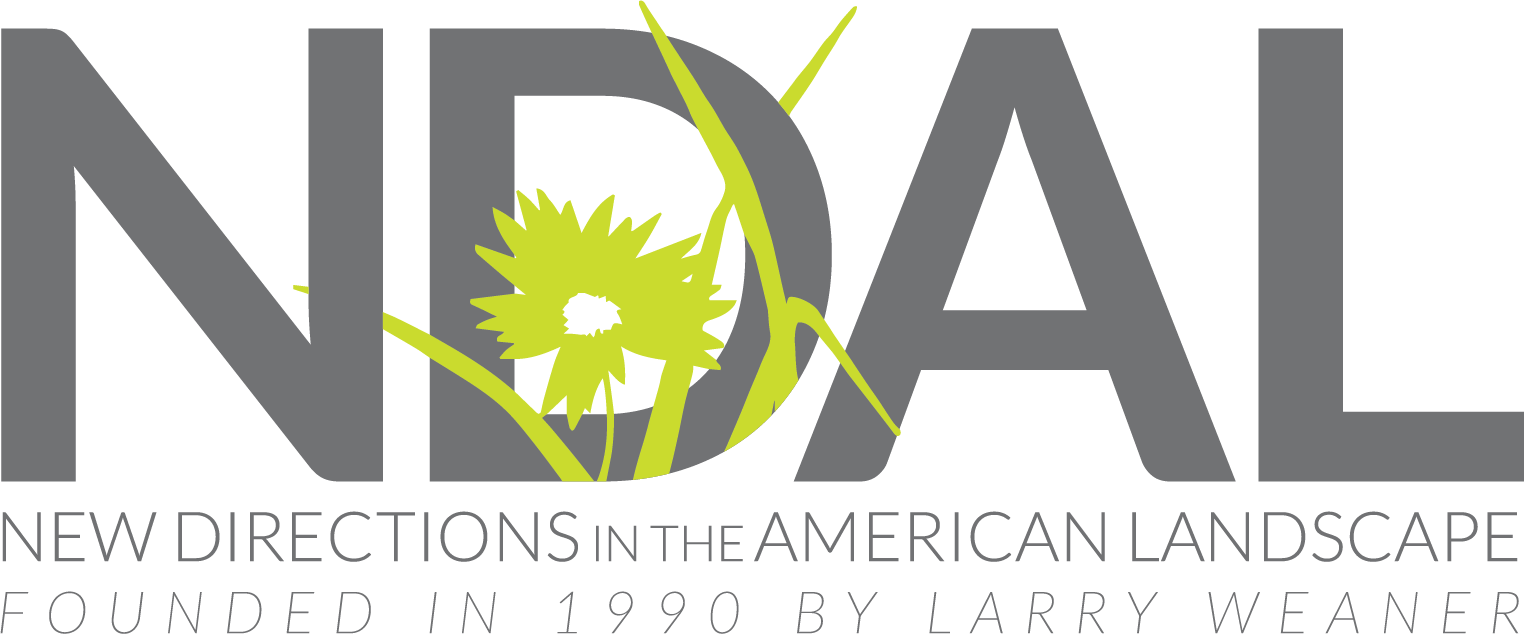
Introduction to OLC for Professionals
Organic Land Care: lawns, gardens, and landscapes
First, Do No Harm
Every land-use decision we make will have a positive or negative effect on the land in our care. Strive to understand and preserve existing elements that benefit the whole ecosystem––indigenous plants and soils, wildlife corridors and habitat, riparian buffers and watershed drainage, mature trees and shrubs. Minimize use of inputs that impact existing local ecosystems, such as fertilizer and water, and avoid adding any toxic materials to the land in your care.
Every Yard Makes a Difference
Keep pesticides off your lawn and gardens
Using only non-toxic materials on your property reduces the health risk to yourself, your family, your neighbors, and your local environment.
Use non-synthetic fertilizers from natural sources
Synthetic fertilizers are made in a chemical process that uses fossil fuel and contributes to global warming. The use of synthetic nitrogen fertilizer greatly increases the amount of nitrogen entering the global nitrogen cycle which has a serious negative impact on the organization and functioning of the world's ecosystems, including accelerating the loss of biological diversity and the decline of coastal marine ecosystems and fisheries. The use of synthetic phosphorus fertilizers has its own set of problems, in particular its contribution to the eutrophication of freshwater lakes and ponds, and the limited global supply of phosphate rock. For more information, visit http://phosphorusfutures.net
Reduce water use
In many cities in the Northeast, 50% of the drinking water goes to lawns and landscapes. Over 75% of our rivers are flow stressed because of water withdrawals for these residential uses. Read more in our article "Lawns: Good Watering Practices"
Remove invasive plants
Invasive plants grow quickly and spread easily and often reduce the biodiversity of whole ecosystems. Learn about invasive plants, how to avoid spreading them, and how to remove them from your own property. In the U.S., a good place to start is at the National Invasive Species Information Center, www.invasivespeciesinfo.gov
Home gardening with native plants
Native plants are site adapted and usually require little to no watering, fertilizing or pesticides. Stunning gardens can be made from entirely native plants. See our bookstore for ideas. Since native plants are, well, native, it's best to find a local conservation group who works with natives. If you live in the Northeast U.S., a good place to start is the New England Wildflower Society. They have a listing of Native Plant Societies in the US and Canada.
Make and use compost
Compost has many advantages as a soil amendment and it is less likely to cause pollution of the local and regional environment than fertilizers, even organic ones. Incorporating compost improves turf, shrub and shade tree performance in marginal or poor soils. Good quality compost improves soil structure, reduces runoff and compaction, enhances biodiversity, increases water and nutrient retention, increases microbial activity, supplies nutrients, helps suppress and prevent plant diseases, detoxifies certain pesticides, and inactivates and kills potential human pathogens. The benefits to the plants are: the improved establishment of turf, ornamentals and shade trees; improved color; increased root growth; and reduced need for fertilizer, pesticides, and irrigation. To learn more about compost, you can start at EPA's site: http://www.epa.gov/osw/conserve/rrr/composting/
Test your soil
If you want your property to look its best, to save money, and to protect the environment, even more, do an easy soil test before you apply anything at all. A soil testing lab will help you figure out how much of which fertilizers and nutrients to apply for optimum results.
Increase biodiversity
Biodiversity is the key to a healthy ecosystem on any scale, from the backyard to global. Biodiversity increases the stability of ecosystems, reduces the need for intervention, and makes them, from an aesthetic viewpoint, much more interesting. The earth is currently losing species at a rate that rivals mass extinctions in our geologic record. You can use the American Museum of Natural History's site as a starting point to read about why biodiversity is important, http://cbc.amnh.org/. You can look at the National Wildlife Federation site to learn how to increase biodiversity in your own back yard.
If you have a lawn...
Mow high, 3"-4"; leave grass clippings on lawn; water infrequently, if at all; encourage a bit of white clover, and fertilize with compost and overseed bare spots in fall and early spring.
The Standards for Organic Land Care
The NOFA Standards for Organic Land Care: Practices for Design and Maintenance of Ecological Landscapes present a vision of how organic agricultural principles can be applied to the landscaping profession, defining "organic" for landscaping as the USDA defines "organic" for agriculture.
Lawn How-To Videos
Organic Lawns
Organic Pest Control
The NOFA Organic Lawn and Turf Handbook
This 104-page, comprehensive and practical handbook details methods for growing and managing beautiful, healthy, organic turfgrass. Written and edited by scientists and NOFA accredited organic landscapers as a natural companion to NOFA’s professional organic lawn and turf courses, it also stands alone as a unique and valuable resource for all landscapers. This book is no longer in print but has been replaced with the NOFA Organic Lawn Care Guide
Accreditation Course
The cornerstone of our educational program is our 4-day Accreditation Course, a 30-hour, comprehensive course based on our written standards. It is also the gateway to becoming an Accredited Organic Land Care Professional. This course covers all aspects of organic land care from soil health, site analysis and planting/plant care to composting, lawn alternatives and running a business. It offers 20 speakers over five days, interactive case studies, and a client relations panel featuring professionals working in the field. The accreditation exam is given on the last day of the course. Those who pass will become Accredited Organic Land Care Professionals (AOLCPs) and pledge to practice according to the NOFA Standards for Organic Land Care for those clients who ask for organic landscaping. This course is now offered in CT and PA and has trained over 1000 professionals since its inception in 2002.
I just loved the course – I started learning in the first five minutes. With a soup-to-nuts syllabus that covers all the issues imaginable taught by a gathering of the region’s most esteemed scientists, this is value-added education at its best.
— Tovah Martin
Looking for Organic Training? Register Now!
Advance registration is required. Courses fill up quickly.







